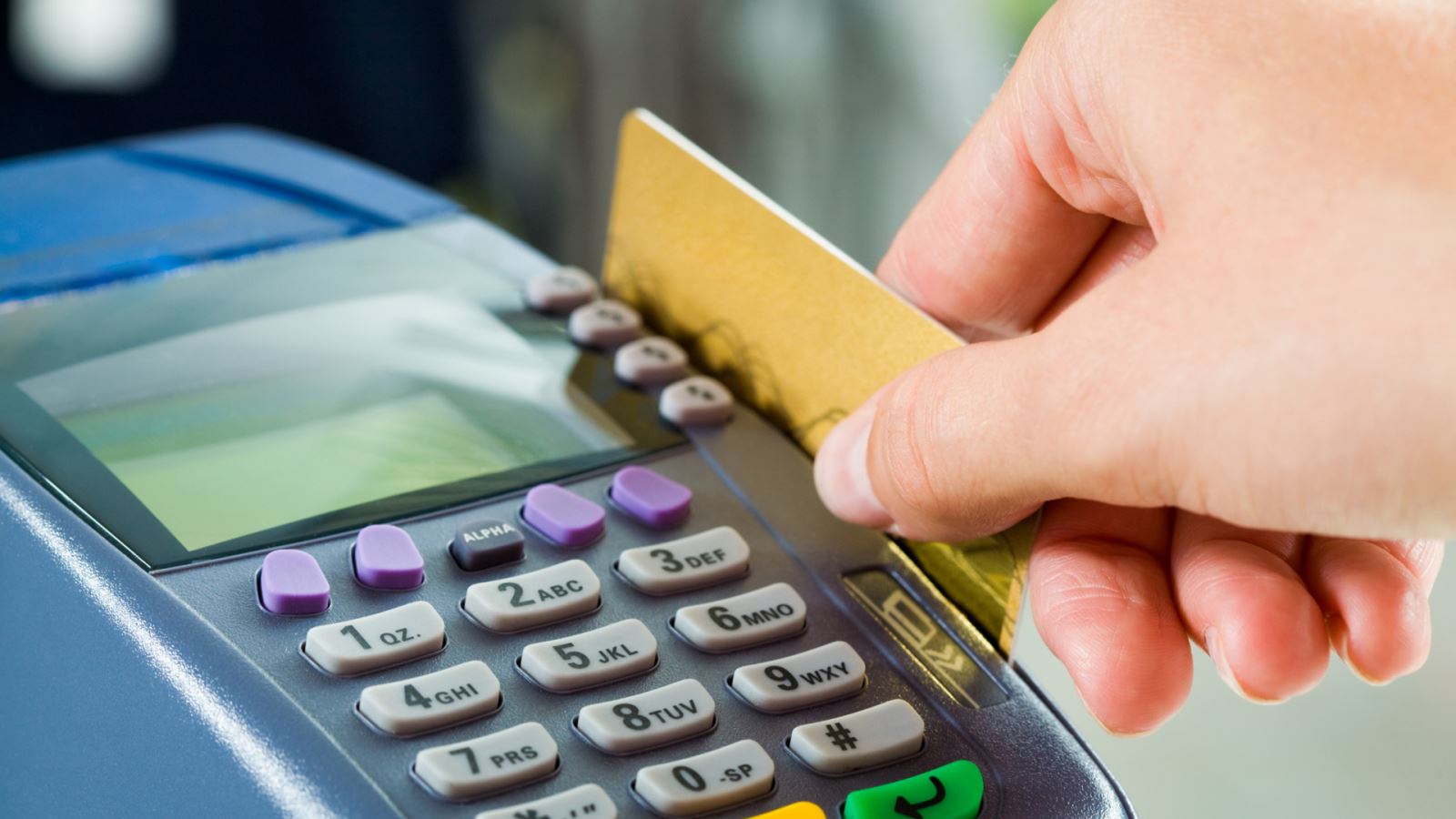When shopping, swiping a plastic card sounds easier and more convenient than carrying large amounts of cash around. Have you ever wondered about the physics behind this small plastic card? Just one swipe of this card involves many magnetic particles that act as codes to process our information directly to the register.
The stripe on the back of a credit card is a magnetic one, often called a “magstripe”. It is made up of tiny iron-based magnetic particles in a plastic-like film. The magstripe can be “written” because the tiny bar magnets can be magnetized in either a North or South Pole direction. The magstripe is similar to a piece of cassette tape fastened to the back of a card.
Instead of motors moving the tape so it can be read, your hand provides the motion as you swipe the credit card through a reader or insert it in a reader at an automatic teller machine.

Magnetic recording on steel tapes and wires was invented during World War II for recording audio. In the 1950s, magnetic recording of digital computer data on plastic tapes coated with iron oxide was invented. In 1960, IBM used the magnetic tape idea to develop a reliable way of securing magnetic stripes to plastic cards, under a contract with the US Government for a security system. A number of international organizations for standardization define the physical properties of the card, including size, flexibility, location of the magstripe, magnetic characteristics, and data formats. They also provide the standards for financial cards, including the allocation of card number ranges to different card issuing institutions.
There are three basic methods for determining that your credit card will pay for what you are charging:
Merchants with few transactions each month do “voice authentication”, using a touch tone phone. The second method is Electronic Data Capture (EDC) where magstripe card swipe terminals are becoming more common; and so is having you swipe your own card at the checkout.
The last and recently most common method is virtual terminal on the Internet. This is how this method works: After you or the cashier swipes your credit card through a reader, the software at the Point of Sale (PoS) terminal dials a stored telephone number via a modem to call what is called “an acquirer”. An acquirer is an organization that collects credit authentication requests from merchants and provides a payment guarantee to the merchant. When the acquirer company receives the credit card authentication request, it checks the transaction for validity and the record on the magstripe for: merchant ID, valid card number, expiration date, credit card limit, and card usage. Single dial-up transactions are processed at 1200–2400 bps, while direct Internet attachment uses much higher speeds via this protocol. In this system, the cardholder enters a Personal Identification Number (PIN), using a keypad.
If the ATM is not accepting a card, the problem is probably either of an unclean or scratched magstripe, or because the magstripe is partially or fully erased. The most common causes for an erased magstripe are exposure to magnets, like the small ones used to hold notes and pictures on the refrigerator, and a store’s Electronic Article Surveillance (EAS) demagnetizers.
References
hightechaid.com
howstuffworks.com
wikipedia.org